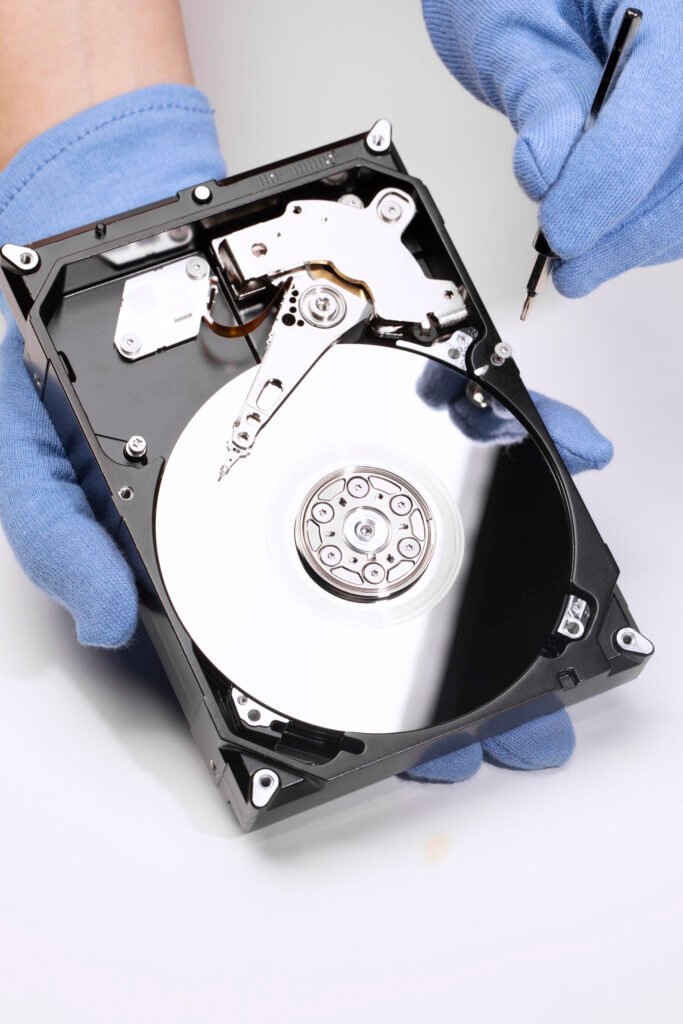
What Is Data Backup and Disaster Recovery?
Data backup is the process of replicating files to be stored at a designated location. Disaster recovery is a system that helps restore those files following a catastrophe.
What Is Backup and Recovery?
Backup and recovery are two disparate concepts, but organizations should always run them together. You can have data backup without a disaster recovery plan, but not the other way around. If there are no data saved, there is nothing to recover.
What Is Cloud Backup and Recovery?
Cloud backup and recovery is a service that will take care of copying and archiving files of the client on a remote server. The data are transmitted over a secure network to the cloud-based server. The cloud-based disaster recovery, on the other hand, is an infrastructure as a service (IaaS), which backs up the data on a remote server. It is recommended that you choose backup-as-a-service providers rather than rely on non-proprietary solutions to handle your data.
What Is Data Backup and Recovery?
Both data backup and recovery have the same goals, and that is to ensure business continuity. There are four standard types of backup: full, incremental, differential, and mirror. A full backup is the most comprehensive, but it is also the slowest in terms of the backup time. Service providers typically recommend that organizations employ incremental backup in their systems. Disaster recovery, meanwhile, also employs several methods. Among the examples are RAID, hard drive, removable, optical, digital, and tape. The method used will depend upon the problem at hand.
Data Backup & Recovery
Why Use Data Backup and Recovery?
Backup and recovery are critical components of modern IT infrastructure. Backup refers to the process of creating copies of data to ensure that it can be restored in the event of data loss. Recovery, on the other hand, involves the process of restoring the lost or damaged data from these backup copies. Together, these processes are essential for maintaining data integrity, availability, and continuity of business operations.
The Backup & Recovery Solution
In order to rely on a backup solution to be available when you need it, every aspect of the backup solution needs to be monitored and managed – including sending data off-site.
To ensure a successful recovery in the event of a data loss, all of the following components need to be monitored and working:
Backup software
Individual backup jobs
Physical backup target (including redundancy)
Off-site replication
Off-Site data storage
Aziz Rahim IT Support Services has defined a few key backup solutions that we support and meet all of the management and monitoring criteria above. The different solutions have different recovery capabilities to help meet the varying situations, recovery objectives and individual budgets of our customers.
What’s The RIGHT Solution & How Much Does It Cost?
When helping you decide which backup solution you need, we focus on a couple of important objectives of backup and disaster recovery: Recovery Time Objective (RTO), or the time it takes to recover from a loss; and Recovery Point Objective (RPO), or the point in time to which you would like to recover.

Aziz Rahim IT Support Services has defined a few key backup solutions that we support and meet all of the management and monitoring criteria above. The different solutions have different recovery capabilities to help meet the varying situations, recovery objectives and individual budgets of our customers.
What’s The RIGHT Solution & How Much Does It Cost?
When helping you decide which backup solution you need, we focus on a couple of important objectives of backup and disaster recovery: Recovery Time Objective (RTO), or the time it takes to recover from a loss; and Recovery Point Objective (RPO), or the point in time to which you would like to recover.
RPO – RECOVERY POINT OBJECTIVE
If you’re like most small to medium (SMB) businesses, your backups today are able to provide an RPO of between 1 and 4 hours from the time a loss occurred – meaning that in the event that you had to recover from a data loss, you would expect to lose up to the 4 hours of data immediately before the loss.
Where the cost of backup solutions will increase dramatically depends on HOW FAST you want to recover or RTO.
RTO – RECOVERY TIME OBJECTIVE
As the RTO approaches less than an hour or within minutes, the redundancy required to meet the desired objectives is often cost prohibitive for most SMBs. The difference in both time to recover and price varies significantly between solutions. Premium backup and disaster recovery solutions on the market today will return your company to production in between 1 and 4 hours, where the standard (lower cost) solutions provide an RTO of between 24 and 72 hours.


